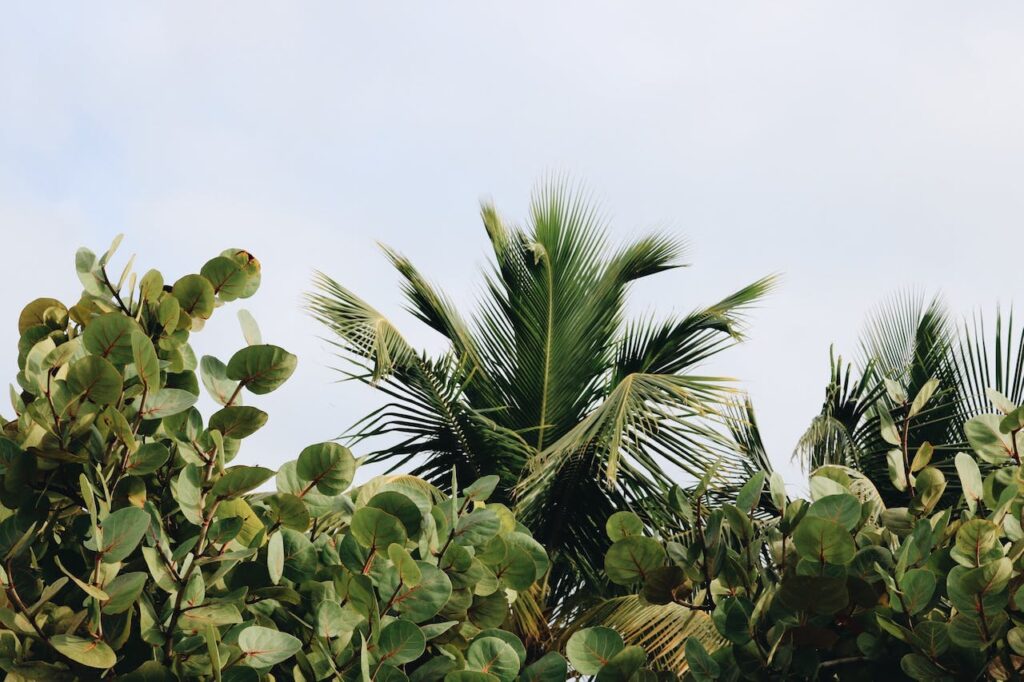How Weather Shapes the Health of Trees on the Mornington Peninsula
The Mornington Peninsula, graced by its scenic landscapes and abundant flora, hosts a rich tapestry of trees that not only enhances the region’s natural allure but also plays a vital role in sustaining the overall environmental health. However, the impact of weather on trees is a dynamic and ever-present factor that shapes their health and longevity. In this article, we delve into the insights provided by arborists on the Mornington Peninsula, exploring the intricate relationship between weather patterns and the vitality of trees.

How Weather Influences Tree Growth and Development
Arborists emphasize that the distinct seasons experienced on the Mornington Peninsula play a crucial role in the life cycle of trees. Spring, with its mild temperatures and increased sunlight, is a period of rejuvenation for many tree species. Arborists highlight the significance of this season for budding, flowering, and the initial stages of growth. Summer, characterized by higher temperatures and longer days, supports the full development of foliage and encourages photosynthesis, the lifeblood of trees.
However, the arrival of autumn introduces a set of challenges. Arborists note that the changing temperatures and reduced daylight trigger the process of senescence, leading trees to shed their leaves. While this natural cycle is essential for conserving energy and preparing for the colder months, it also presents vulnerabilities, especially for certain species that may be more susceptible to stress.
Winter, with its lower temperatures and potential frost, is a critical time for tree survival. Arborists on the Mornington Peninsula stress the importance of proper tree care during this season, including protective measures such as mulching and pruning to reduce the risk of cold-related damage. They also underscore the importance of choosing tree species that are finely attuned to the local climate, amplifying their resilience to the harsh conditions of winter.
Extreme Weather Events
Despite the Mornington Peninsula’s reputation for a generally temperate climate, the emergence of extreme weather events poses formidable challenges to the overall well-being of the region’s trees. Arborists stress the imperative for readiness and proactive measures when confronting events like storms, strong winds, and heatwaves, underscoring the crucial role of anticipatory actions in safeguarding tree health.
Storms, with their formidable force and unpredictable nature, have the potential to wreak havoc on trees, causing profound and often devastating impacts. Arborists often witness the aftermath of fallen branches and uprooted trees, emphasizing the importance of regular tree inspections to identify potential hazards before severe weather strikes. They recommend pruning as a preventive measure, reducing the risk of weak or damaged branches causing harm during storms.
During periods of intense heat, arborists highlight the risk of dehydration and stress on trees. They advise residents to implement proper watering practices, especially for younger or newly planted trees, and to provide mulch to conserve soil moisture. Moreover, they stress the significance of avoiding excessive pruning during hot spells, as this can further stress trees already coping with high temperatures.
Arborists’ Strategies for Resilient Trees
Arborists on the Mornington Peninsula are intensifying their focus on the enduring consequences of climate change, recognizing its potential to significantly impact the region’s trees in the long run. Fluctuations in temperature, alterations in rainfall patterns, and the increased frequency of extreme weather events stand as pivotal factors capable of shaping both the health and distribution of tree species.
In fortifying trees against the challenges of climate change, arborists champion a strategic blend of proactive measures to bolster their resilience. This includes selecting climate-appropriate tree species for planting, implementing proper soil management practices, and incorporating mulching to conserve moisture. Furthermore, they underscore the significance of fostering community involvement, urging residents to actively take part in tree planting initiatives and to conscientiously consider and reduce their individual carbon footprints.
Collaborative Efforts for Tree Health
In conclusion, the intricate dance between trees and weather on the Mornington Peninsula highlights the need for a holistic approach to tree care. Arborists play a vital role in understanding and mitigating the impact of weather on trees, offering residents invaluable insights to navigate and address the challenges posed by changing weather patterns. Residents of the Mornington Peninsula can actively contribute to the lasting health and preservation of the region’s majestic trees by adopting sustainable practices, staying vigilant in the face of extreme weather events, and adeptly responding to the challenges presented by climate change. By fostering collaboration and taking well-informed initiatives, both the community and arborists can join forces to guarantee the sustained flourishing of trees, securing a legacy that will endure for generations to come.
